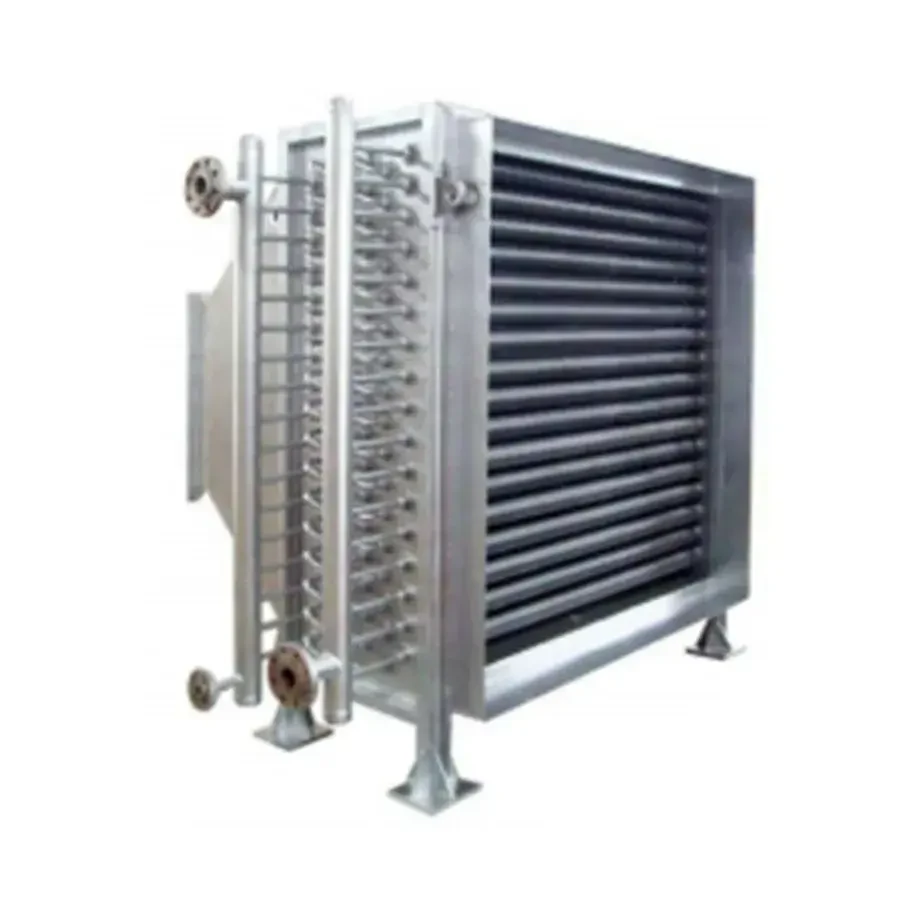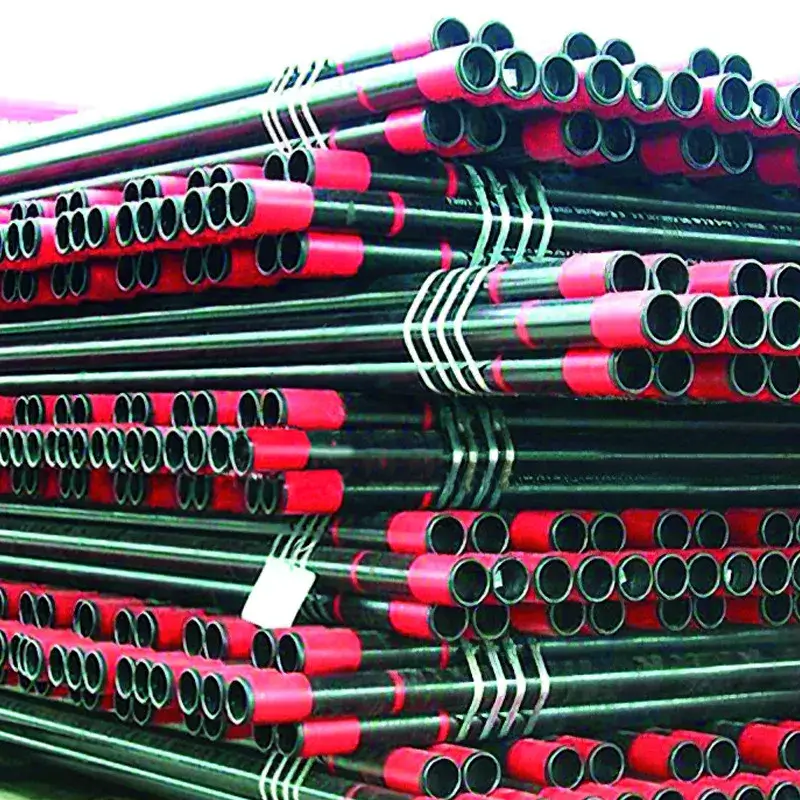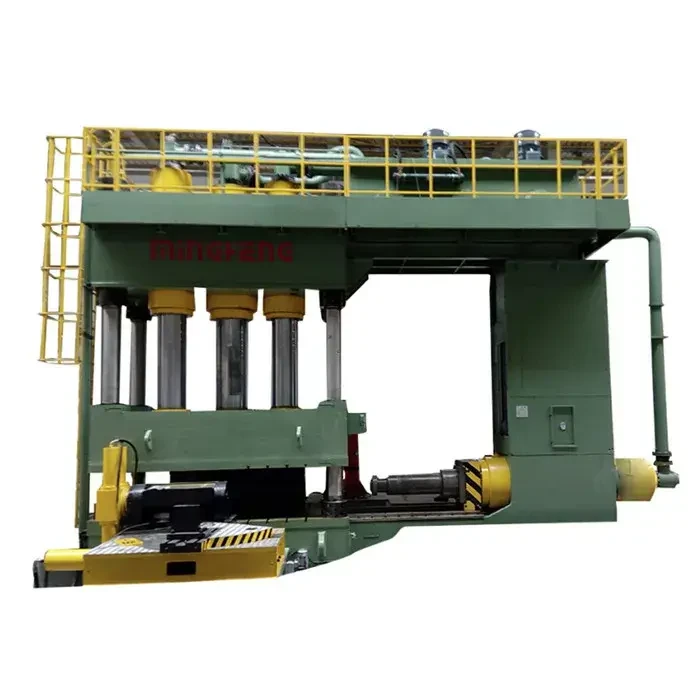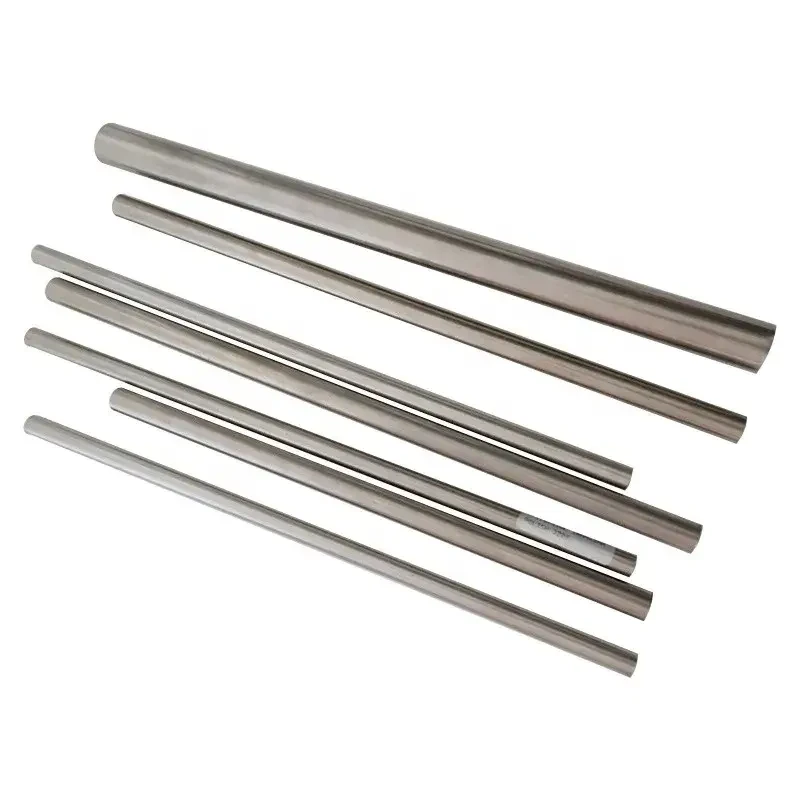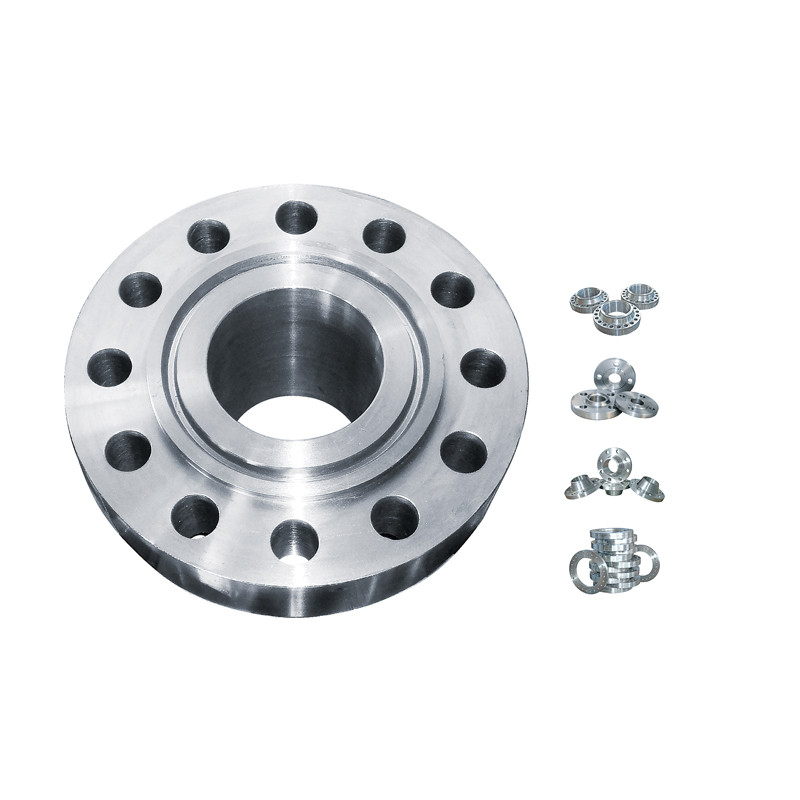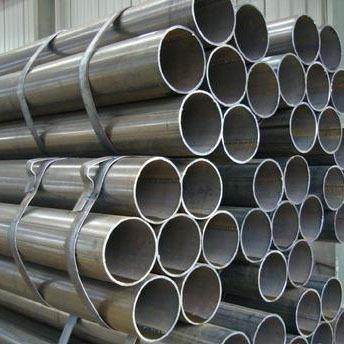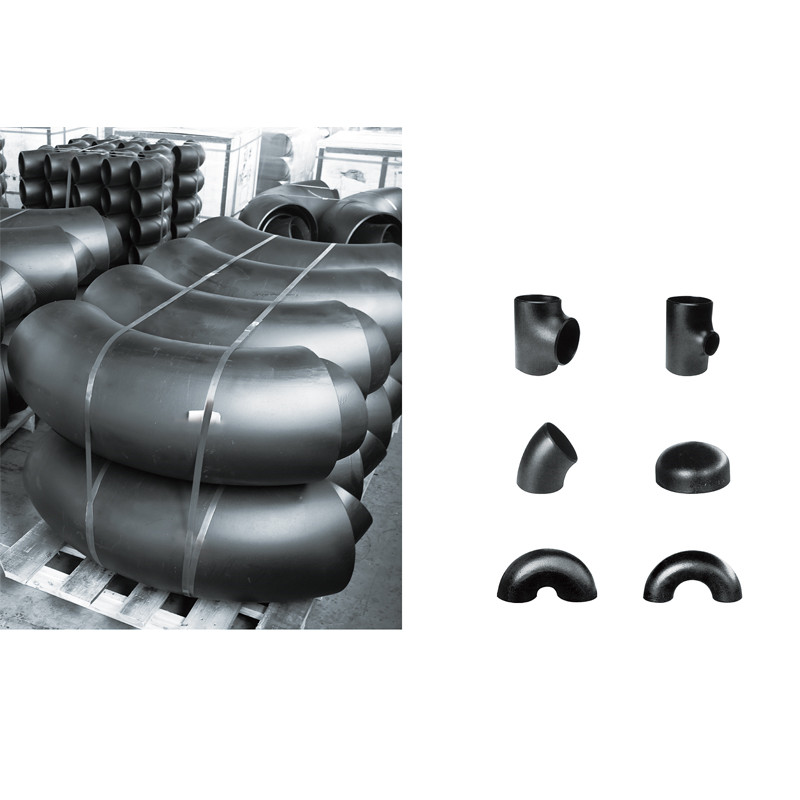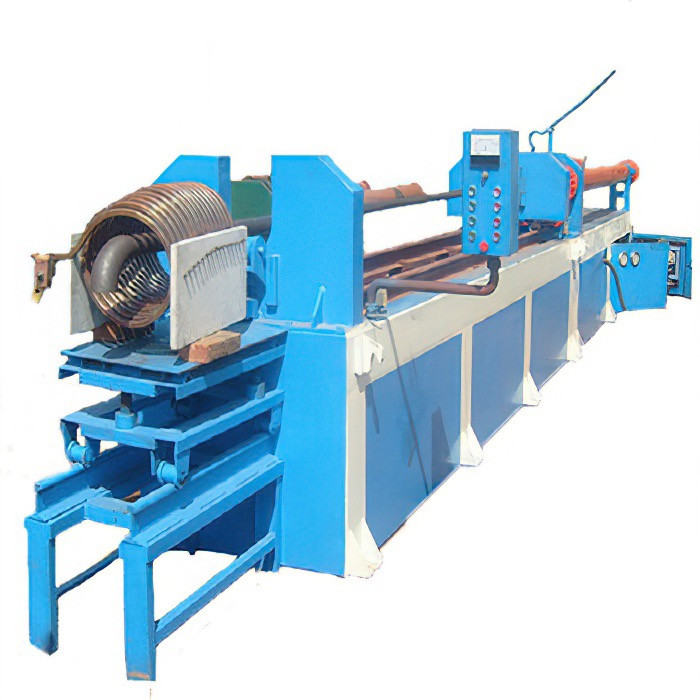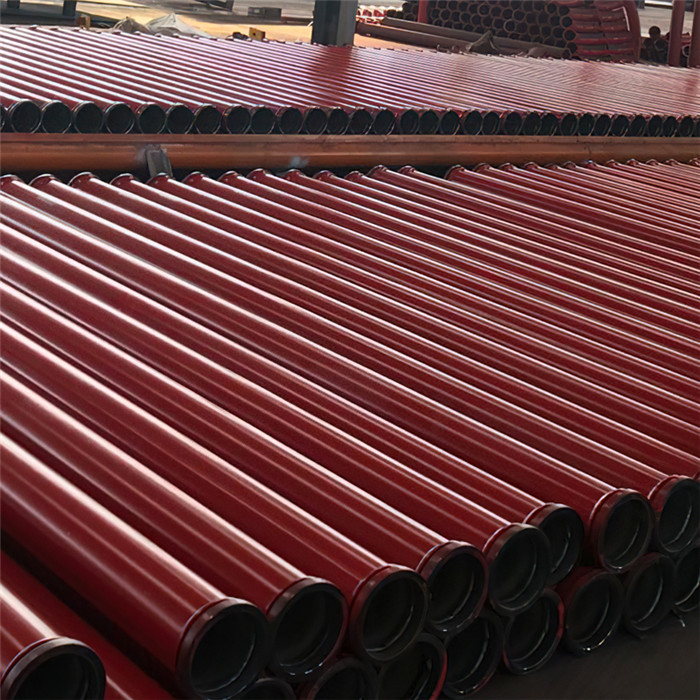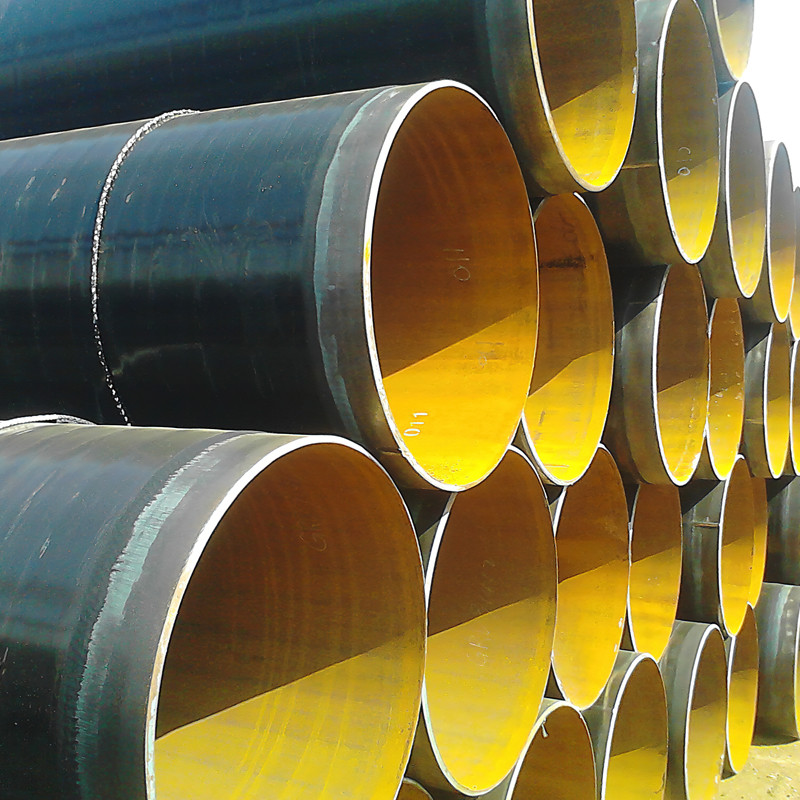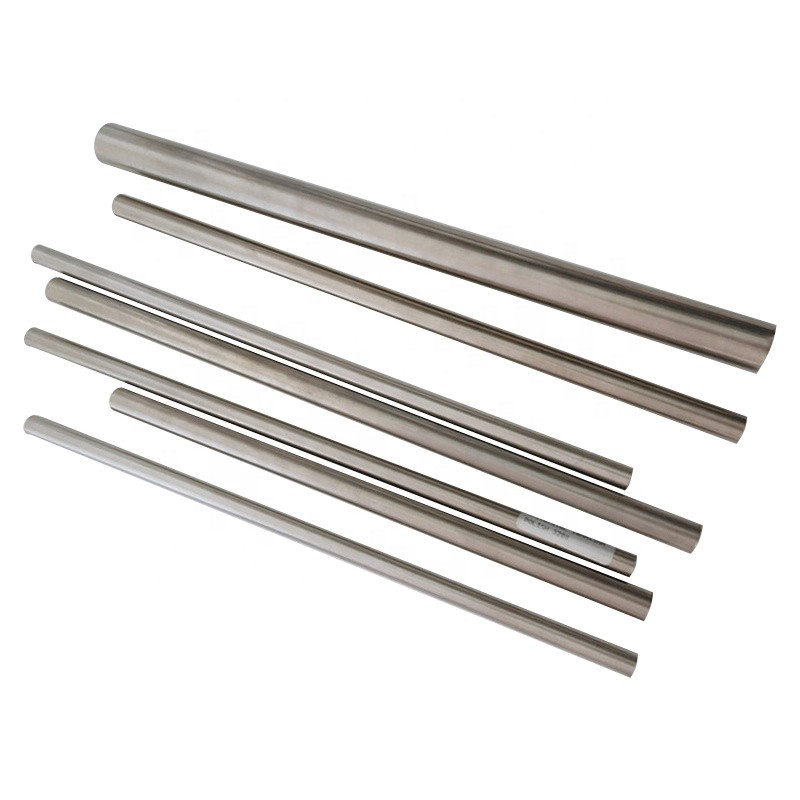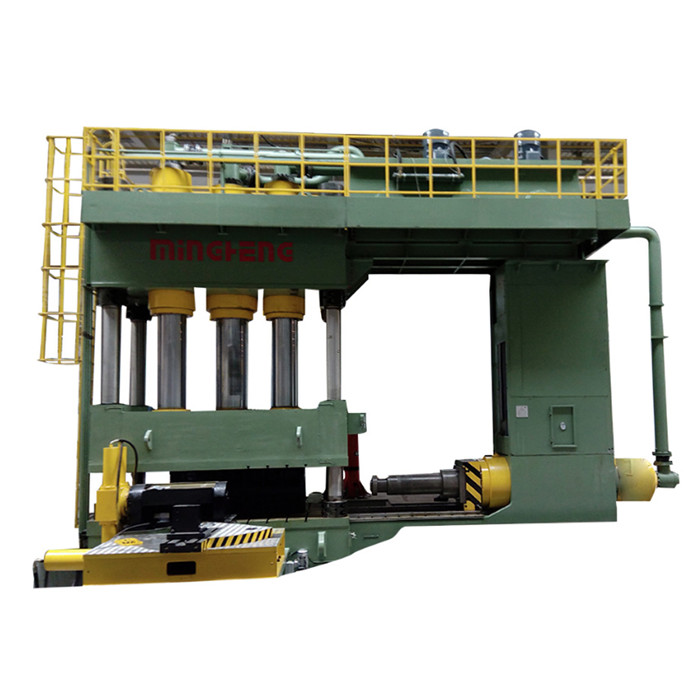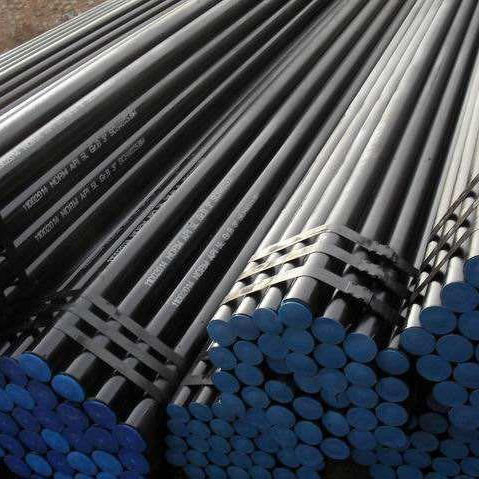Industrial safety pivots on ANSI flanges as the cornerstone of zero-failure pressure containment in critical infrastructure. Engineered to ASME B16.5/DIN standards, these precision-machined connectors utilize raised face (RF), ring joint (RJ), or tongue-and-groove (TG) surfaces to convert bolt torque into hermetic seals. Hydrostatically tested at 1.5x operating pressure, they prevent fugitive emissions in LNG terminals, sour gas pipelines, and nuclear coolant systems. Complementing this, blind flange units deliver uncompromising system isolation. Forged from NACE MR-0175-certified steel (A694 F42-F70) at 2–60mm thickness, these solid disks withstand 540°C thermal shocks and 9000# hydrogen pressures during refinery shutdowns or radioactive containment scenarios. Ultrasonic and SSC/HIC testing validates their integrity. Meanwhile, blank flange solutions redefine adaptive engineering. These unbored plates—custom-cut from cryogenic A350LF2 or corrosion-resistant A182 F316L—serve as spacers, reinforcements, or future connection points. Hot-dip galvanized or epoxy-coated variants endure sulfuric acid exposure in waste plants, enabling rapid system modifications without welding. Together, this triad forms an ecosystem where ANSI flanges ensure baseline containment, blind flanges execute failsafe isolation, and blank flanges provide agile reconfiguration—securing industries from petrochemical to nuclear under extremes of -196°C to 593°C.

Introduction: The Science of Leakproof Sealing with ANSI Flanges
ANSI flanges stand as the gold standard in pressurized system security, engineered to eliminate fugitive emissions in pipelines carrying hydrocarbons, acids, or superheated steam. Governed by ASME B16.5 and DIN standards, these precision-machined connectors transform bolt tension into hermetic seals through raised face (RF), ring joint (RJ), or tongue-and-groove (TG) surfaces. Unlike generic fittings, ANSI flanges undergo hydrostatic tests at 1.5x operating pressure—validating zero-leak performance in nuclear reactors and subsea gas lines. This article unpacks how blind flange terminators and blank flange adapters create fail-safe ecosystems for extreme industrial environments.
Blind Flange: The Ultimate Pressure Barrier
A blind flange serves as the impenetrable "stop sign" for pipelines—a solid forged disk (2–60mm thickness) bolted to isolate sections during maintenance. Manufactured from NACE-certified steel (A694 F42-F70), it withstands sour gas corrosion and pressures to 9000#. Unlike standard flanges, its non-bored design blocks fluid escape at 540°C, making it indispensable for:
- Refinery shutdowns
- Radioactive coolant containment
- Deep-sea valve access
Rigorous inspections (ultrasonic, SSC/HIC tests) guarantee each unit’s integrity before deployment in petroleum or chemical systems.
Blank Flange: Engineering Flexibility Redefined
Blank flange components are the Swiss Army knives of piping—unbored plates functioning as spacers, reinforcements, or future connection points. Custom-cut from A350LF2 cryogenic steel or A182 F316L stainless, they retrofit between ANSI flanges during system expansions. Their flat face (FF) design distributes bolt stress evenly, preventing gasket blowouts in 6000# hydrogen compressors. Hot-dip galvanized or epoxy-coated variants endure sulfuric acid in waste plants, enabling engineers to convert dead-end lines into active junctions without welding—saving 72+ hours in LNG terminal upgrades.
ANSI Flange Standards: Global Leakproof Compliance
ANSI flanges unify global infrastructure through harmonized dimensions (1/2"–120") and pressure classes (150LB–2500LB). Critical specifications include:
- Materials: ASTM A105N for steam; NACE MR-0175 for sour gas; WP22 for 593°C service
- Faces: RF for oil pipelines; RJ for 9000# hydrogen
- Coatings: Xylan for acid resistance; golden chromate for UV stability
Conformity to JIS B2220, GOST 12820, and DIN 2573 ensures interchangeability across continents. Third-party validations (X-ray, hydrostatic burst tests) certify zero-tolerance sealing pre-shipment.
FAQs About ANSI, Blind, and Blank Flange Mastery
What pressure can a blind flange withstand?
Blind flange units are rated up to 9000# (per ASME B16.5) when forged from ASTM A694 F70 steel at 60mm thickness, validated by hydrostatic burst tests.
Are blank flanges interchangeable with blind flanges?
No—blank flange plates lack bolt holes and pressure calibration. They serve as spacers, while blind flange units seal system terminations.
Can ANSI flanges handle cryogenic temperatures?
Yes, ANSI flanges manufactured from A350LF2 steel (-196°C certified) with RTJ faces prevent brittle fracture in LNG applications.
When is a spectacle blind flange used?
Spectacle blind flange systems switch between flow and isolation states—essential for frequent maintenance in chemical or power plants.
Do ANSI flanges comply with European PN standards?
Yes, ANSI flanges align with PN ratings (e.g., 150LB ≈ PN20) and maintain bolt pattern compatibility with DIN units up to Class 600.
Stop tolerating leaks—arm your pipelines with ANSI flanges proven in Fukushima’s cooling systems and North Sea oil rigs.
Why we dominate critical industries:
🔥 Lifecycle Warranty: 40-year guarantee against corrosion
🔥 Rush Fabrication: Alloy steel blind flange units in 72 hours
🔥 Zero Minimums: Order one blank flange or 200-ton batches
🔥 Compliance Kits: Pre-packed gasket/bolt sets for ASME B16.5
Act within 24 hours for emergency refinery outages or nuclear plant retrofits—leakproof security is non-negotiable.
Post time: Aug . 19, 2025 10:16


